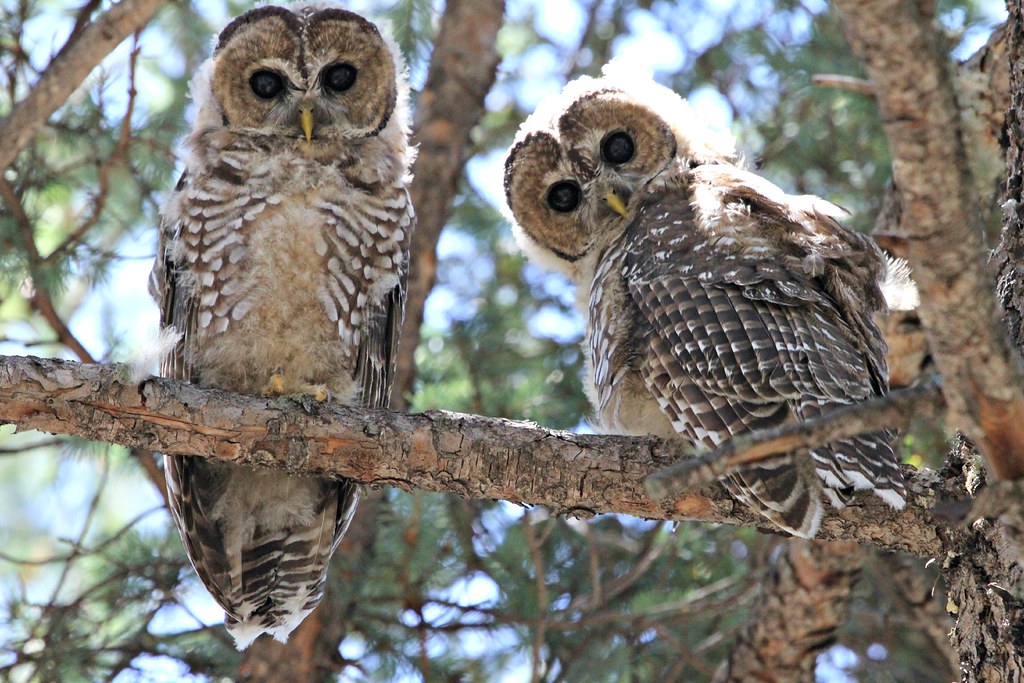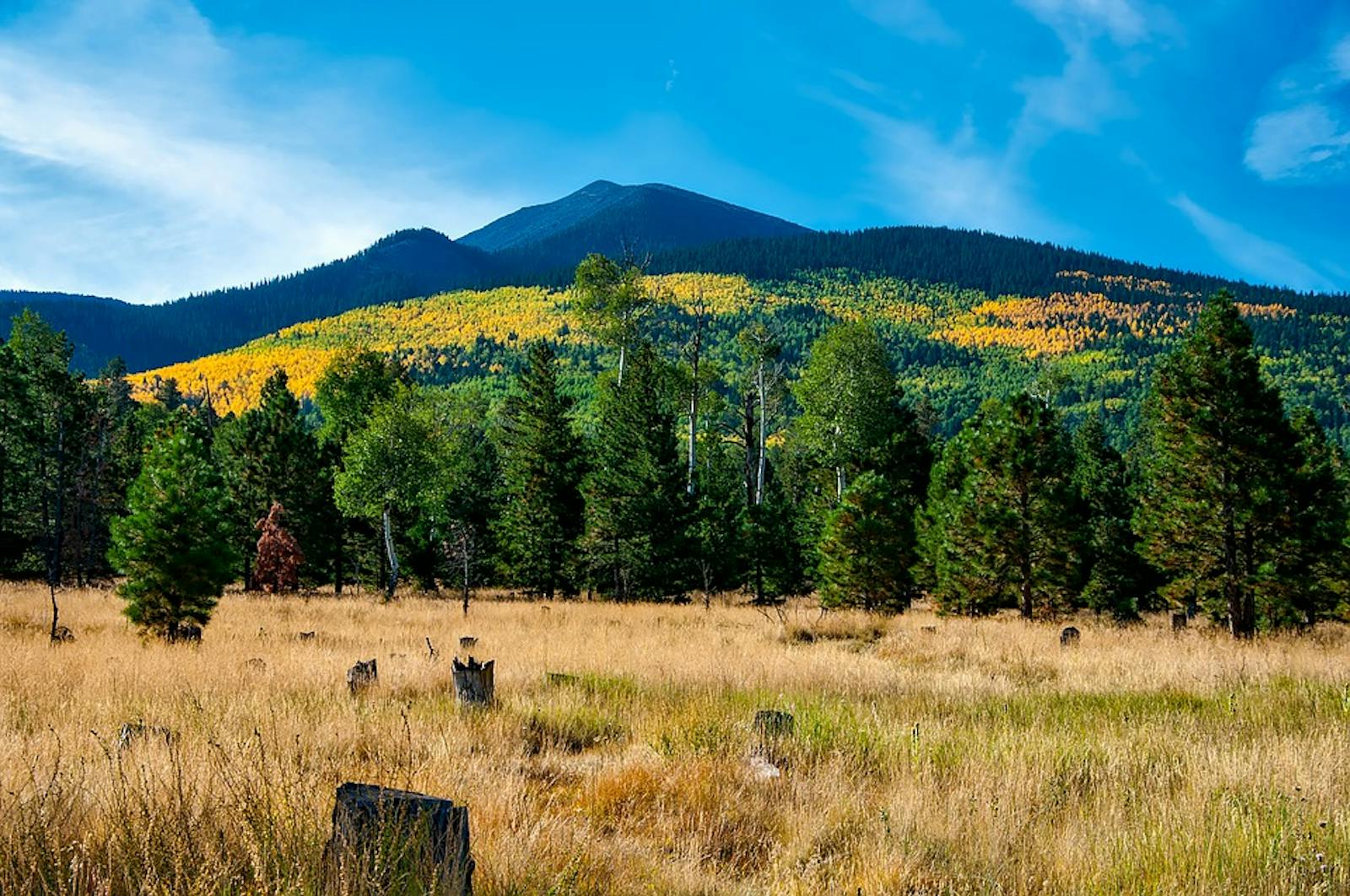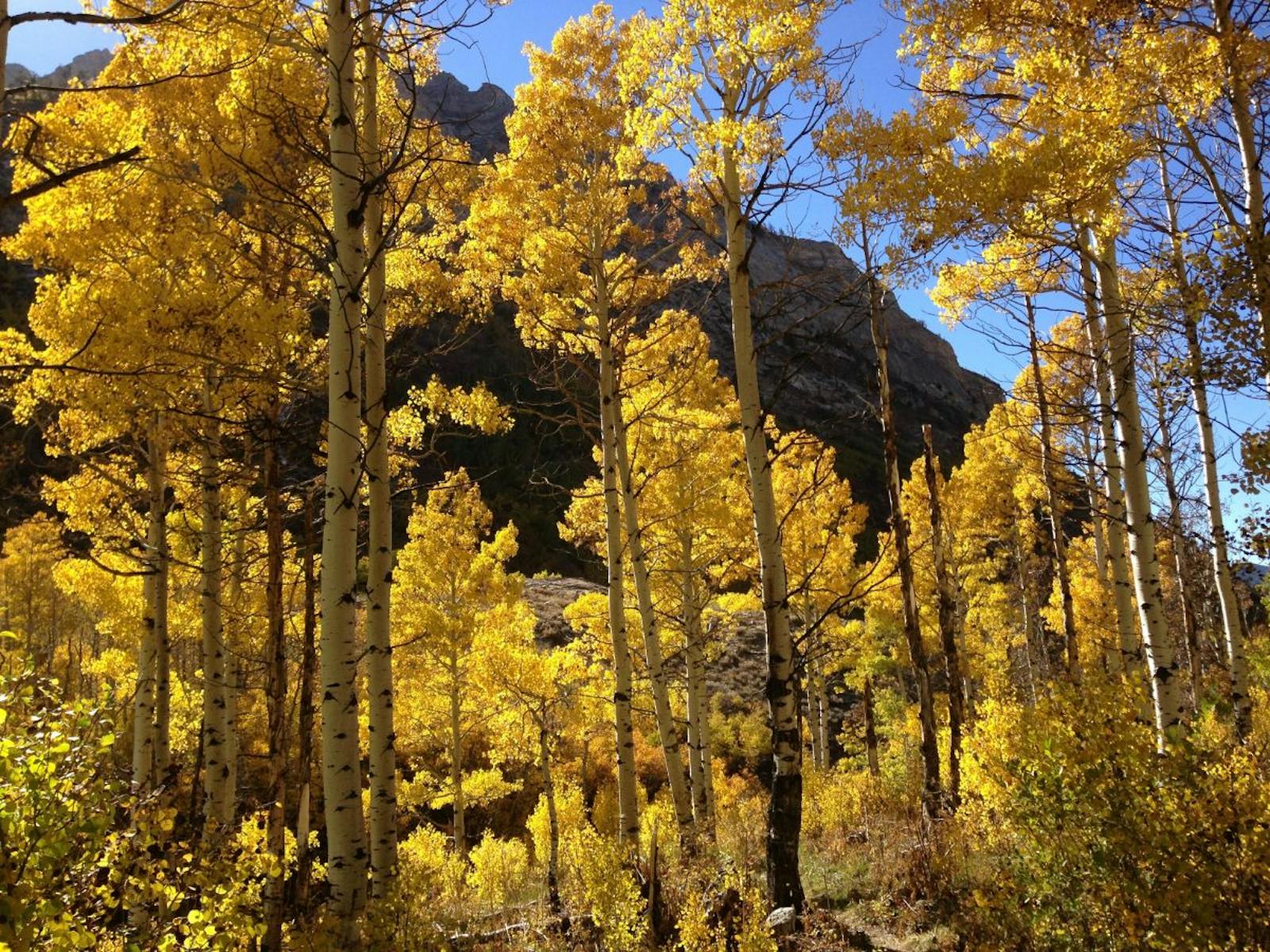Arizona Mountains Forests
The ecoregion’s land area is provided in units of 1,000 hectares. The conservation target is the Global Safety Net (GSN1) area for the given ecoregion. The protection level indicates the percentage of the GSN goal that is currently protected on a scale of 0-10. N/A means data is not available at this time.
Bioregion: Colorado Plateau & Mountain Forests (NA19)
Realm: Northern America
Ecoregion Size (1000 ha):
11,118
Ecoregion ID:
346
Conservation Target:
16%
Protection Level:
6
States: United States; AZ, NM, TX
With an outstandingly high levels of species richness, the Arizona Mountains Forests ecoregion lies to the north of southeastern Arizona’s and southwestern New Mexico’s isolated “sky islands,” the northern outliers of the extensive Sierra Madre Occidental Pine-Oak Forests ecoregion. Though more compact than the sky islands, the Arizona Mountain Forests exist in several blocks of woodland and forest in Arizona, New Mexico, and a small portion of west Texas, separated by arid lowlands of the Chihuahuan and Sonoran Deserts and the Colorado Plateau.
The ecoregion includes several prominent protected areas, including the first designated federal Wilderness Area in the U.S.—the Gila Wilderness in New Mexico—proposed by Aldo Leopold and designated in 1924, four decades before the national Wilderness Act of 1964. The ecoregion also includes the north (Kaibab Plateau) and south rims of the Grand Canyon; the volcanic San Francisco Peaks just north of Flagstaff, Arizona; and Carlsbad Caverns National Park in New Mexico and the adjacent Guadalupe Mountains National Park in Texas; among other important areas. These reserves notwithstanding, this magnificent region is only 11% protected and a mere 6% of habitat outside protected areas is considered intact.

The flagship species of the Arizona Mountains Forests ecoregion is the Mexican spotted owl. Image credit: Apache Sitgreaves National Forest, Creative Commons
The climate of the Arizona Mountains Forests is distinguished by mild to cold winters and wetter, warm summers. The highest precipitation, averaging 635 to 1,000 mm annually, and coolest temperatures are in the high-elevation spruce-fir forests. The topography is mostly steep foothills and mountains with some deeply dissected high plateaus. The elevation across most of the ecoregion is 1,370–3,000 m, with some peaks up to 3,840 m. Rock outcrops are abundant across the ecoregion.
Reflecting strong elevation gradients, the vegetation of this ecoregion is diverse. Between the desert and the forest zones is pinyon-juniper woodland in the high plains and foothills, with one or more species of junipers usually more abundant at lower elevations and one or more pinyon pine species becoming more abundant at higher elevations. Just above the pinyon-juniper zone is a pine-oak belt or transition zone with several pine species, including—in the Gila Wilderness—what may be the largest and most intact ponderosa pine forest/woodland in the world. This is an ecosystem dependent on frequent low- to mixed-severity fire.

Northern saw whet owl. Image credit: Brandan Lally, Creative Commons
Other characteristic pines include Chihuahua pine, Apache pine, and Arizona pine, the latter two at the northern edge of their ranges. Several species of oaks occur, but Gambel oak is most abundant and characteristically associated with ponderosa pine. Douglas-fir occurs on north-facing slopes in this belt and pinyons creep up on hotter, drier slopes. Along rivers and in canyons are Arizona sycamore, walnut, Rocky Mountain maple, ash, cottonwoods, and willows, among other trees.
Above the pine-oak belt are mixed-conifer forests (sometimes called the fir-aspen belt) more typical of the Rocky Mountains, containing Douglas-fir, Engelmann spruce, and a corkbark variety of white fir. At the highest elevations is the spruce-fir forests, dominated by Engelmann spruce and subalpine fir, but with several other trees, including blue spruce and lodgepole pine. More exposed sites feature southwestern white pine and limber pine, with high sites often occupied by limber pine and bristlecone pine. Disturbed north-facing slopes often consist of lodgepole pine or quaking aspen, the latter sometimes in large stands.
The plant richness in this ecoregion is high at over 1,400 species, including several endemic species such as bigtooth maple and golden columbine. The vertebrate fauna is diverse and includes the threatened Mexican spotted owl and reintroduced populations of the Mexican wolf, the most endangered gray wolf in North America.
-Found%20in%20Eco346-CC-Dominic%20Sherony-2014.jpg)
Montezuma Quail. Image credit: Dominic Sherony, Creative Commons
Other characteristic birds include Mexican jay, Montezuma quail, painted redstart, Virginia’s warbler, Grace’s warbler, red-faced warbler, olive warbler, and pygmy nuthatch, among many others. Endemic animal species include the IUCN Critically Endangered Chiricahua leopard frog and the Endangered Manzana Mountain cottontail.
Due to their high timber value, ponderosa pines in particular have been subject to heavy logging in this ecoregion. Fire exclusion, along with climate change, has led to uncharacteristically large and intense fires in many landscapes. Priority conservation actions for the next decade are to: 1) establish additional protected areas, reduce logging, and restore native vegetation and natural fire regimes; 2) promote recovery of rare species, such as the Mexican wolf; and 3) control invasive non-native species.
Citations
1. Brown, David E. ed. 1994. Biotic Communities Southwestern United States and Northwestern Mexico. University of Utah Press, Salt Lake City, Utah.
2. Ricketts, Taylor H., Dinerstein, Eric, Olson, David M., Loucks, Colby J., et al. 1999. Terrestrial Ecoregions of North America. Island Press Inc, Washington D.C., USA.
3. Elmore, F.H. 1976. Shrubs and Trees of the Southwest Uplands. Southwest Parks and Monuments Association, Tucson, AZ.




